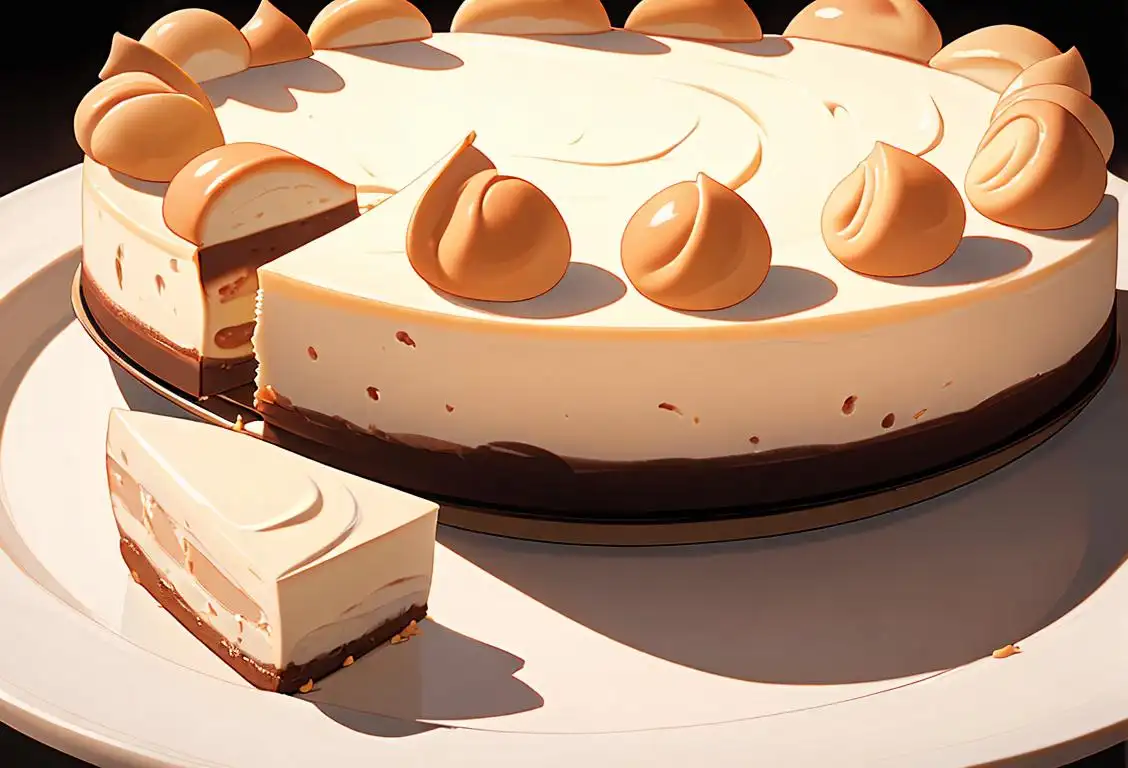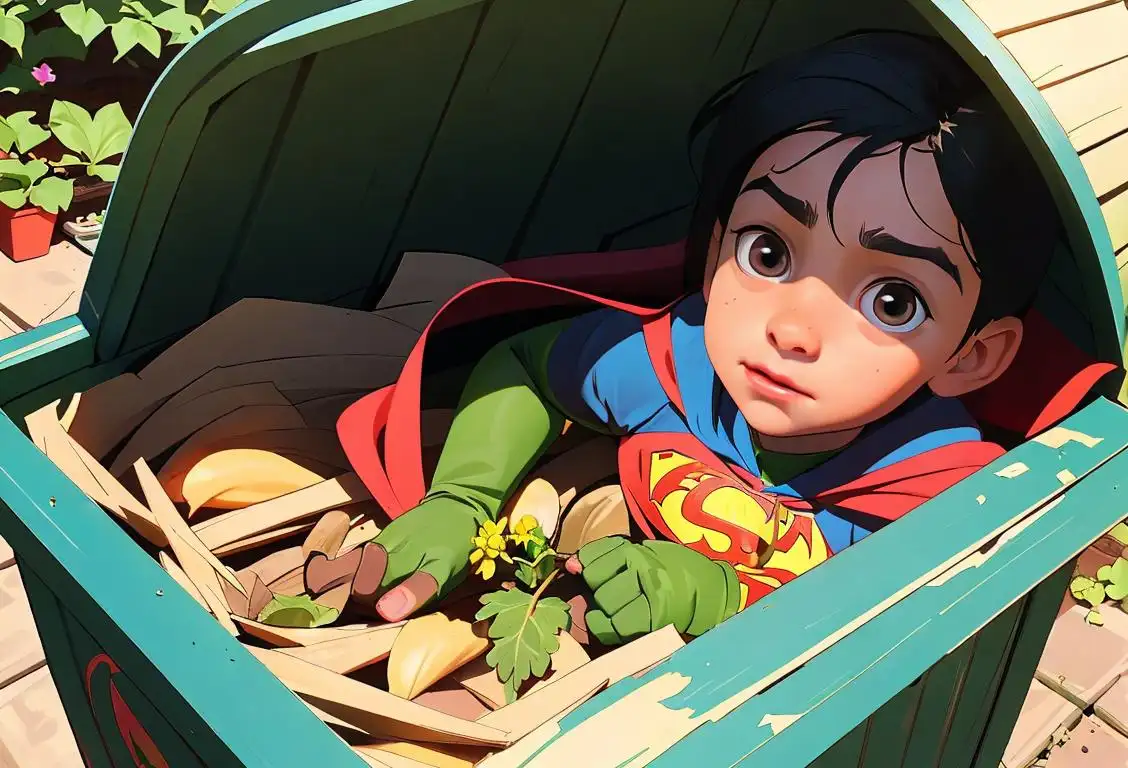National Cheescake Day

Welcome to the creamy and decadent world of National Cheesecake Day! Prepare yourself for a delightful journey through the history of this beloved dessert. Get ready to indulge in a slice (or two) as we explore the origins, variations, and fun facts about cheesecake. So grab a fork and let's dive in!
When is Cheescake Day?
It's national cheescake day on the 30th July.
A Brief History of Cheesecake
Although the exact origin of cheesecake remains a mystery, it has been enjoyed by various cultures for centuries. Some historians believe that cheesecake dates back to ancient Greece, where it was served to athletes during the first Olympic Games as a source of energy. Others credit the Romans for introducing cheesecake to Europe.
Fast forward to the 18th century, and cheesecake had made its way to America. This sweet treat truly took off in popularity after a New York dairy farmer created what is now known as the classic New York-style cheesecake. With its dense and creamy texture, this version quickly became an iconic American dessert.
The Internet and National Cheesecake Day
As the internet age dawned upon us, people's love for cheesecake found its way online. National Cheesecake Day emerged as a way to celebrate this beloved dessert in the virtual realm. Social media platforms filled with mouth-watering photos, innovative recipes, and discussions about all things cheesecake. It became a day to share and exchange cheesecake-related tips and tricks, and even organize bake-offs and taste tests. Who wouldn't want to be part of that?
Did You Know?
Cheesecake enthusiasts have come up with some seriously unique flavors over the years. From salted caramel to pumpkin spice, there's a cheesecake flavor for every taste bud. But did you know that the most expensive cheesecake ever made was valued at a whopping $4,592? It was created by Chef Francesco Elmi in Italy and featured an exclusive combination of rare ingredients like Madagascar vanilla, Iranian saffron, and Australian lobster tail. Talk about indulgence!
History behind the term 'Cheescake'
776 BC
Ancient Origin
The term 'cheesecake' has its origins in ancient Greece, dating back to 776 BC. It was served to athletes during the first Olympic games in Ancient Greece. These early cheesecakes were made with simple ingredients such as cheese, honey, and wheat.
1st Century AD
Roman Influence
In the 1st century AD, the Roman Empire adopted and expanded upon the Greek cheesecake. Romans added eggs to the recipe, making it richer and creamier. They also introduced the usage of a pastry base to hold the cheese mixture, creating a more recognizable cheesecake-like dessert.
14th Century
European Evolution
During the 14th century, cheesecake spread throughout Europe, taking on various regional variations. Different countries started to experiment with different cheeses, flavorings, and techniques. One notable variation emerged in England, where they incorporated curds and fresh fruits into the cheesecake.
19th Century
American Modernization
In the 19th century, a significant shift occurred when American colonists began adapting and modifying traditional cheesecake recipes. Cream cheese, a key ingredient in modern cheesecakes, was invented by an American dairy farmer in 1872. This innovation revolutionized the texture and flavor of cheesecake, leading it to become a quintessential American dessert.
20th Century
Cheesecake Popularity
During the 20th century, cheesecake gained widespread popularity. Its rich and decadent nature made it a favorite dessert for special occasions and celebrations. The invention of the graham cracker crust in the early 1900s further simplified and enhanced the cheesecake-making process, making it more accessible to home cooks.
21st Century
Modern Variations
In the 21st century, cheesecake continues to evolve with a vast array of flavors and innovative twists. From classic New York-style cheesecakes to creative variations like chocolate, fruit-infused, or even savory cheesecakes, there is a cheesecake to suit every palate. Today, cheesecake remains a beloved dessert enjoyed by people all around the world.
Did you know?
The most expensive cheesecake ever made was valued at $4,592!Tagged
romance food funFirst identified
30th July 2017Most mentioned on
30th July 2017Total mentions
16Other days
One Day
Family Day
Action Day
Kissing Fried Chicken Day
Vodka Boyfriend Day
Awareness Day
Opposite Day
Suicide Prevention Month Day
Happiness Day
Nutty Fudge Day









